- Home
- Features
- Movies/Media
- Collectibles
- Comics/Books
-
Databases
-
Figure Database
>
-
X-Plus Toho/Daiei/Other
>
- X-Plus 30 cm Godzilla/Toho Part One
- X-Plus 30 cm Godzilla/Toho Part Two
- X-Plus Large Monster Series Godzilla/Toho Part One
- X-Plus Large Monster Series Godzilla/Toho Part Two
- X-Plus Godzilla/Toho Pre-2007
- X-Plus Godzilla/Toho Gigantic Series
- X-Plus Daiei/Pacific Rim/Other
- X-Plus Daiei/Other Pre-2009
- X-Plus Toho/Daiei DefoReal/More Part One
- X-Plus Toho/Daiei DefoReal/More Part Two
- X-Plus Godzilla/Toho Other Figure Lines
- X-Plus Classic Creatures & More
- Star Ace/X-Plus Classic Creatures & More
-
X-Plus Ultraman
>
- X-Plus Ultraman Pre-2012 Part One
- X-Plus Ultraman Pre-2012 Part Two
- X-Plus Ultraman 2012 - 2013
- X-Plus Ultraman 2014 - 2015
- X-Plus Ultraman 2016 - 2017
- X-Plus Ultraman 2018 - 2019
- X-Plus Ultraman 2020 - 2021
- X-Plus Ultraman 2022 - 2023
- X-Plus Ultraman Gigantics/DefoReals
- X-Plus Ultraman RMC
- X-Plus Ultraman RMC Plus
- X-Plus Ultraman Other Figure Lines
- X-Plus Tokusatsu
- Bandai/Tamashii >
- Banpresto
- NECA >
- Medicom Toys >
- Kaiyodo/Revoltech
- Diamond Select Toys
- Funko/Jakks/Others
- Playmates Toys
- Art Spirits
- Mezco Toyz
-
X-Plus Toho/Daiei/Other
>
- Movie Database >
- Comic/Book Database >
-
Figure Database
>
- Marketplace
- Kaiju Addicts
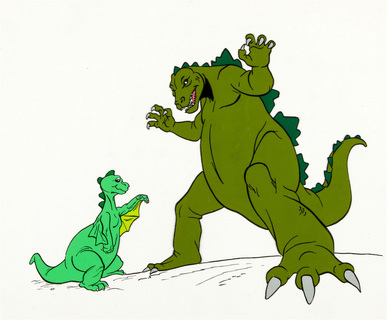 Godzilla is a 30-minute animated series co-produced between Hanna-Barbera Productions and Toho Ltd. in 1978 and aired on NBC in the United States and TV Tokyo in Japan. The series is an animated adaptation of the Japanese Godzilla movies produced by Toho. The series continued to air until 1981, for a time airing in its own half-hour timeslot until its cancellation. Format The series follows the adventures of a team of scientists on the Calico, a hydrofoil research vessel, headed by Captain Carl Majors. The rest of the crew include scientist Dr. Quinn Darien, her nephew Pete, and her research assistant Brock. Also along for the ride is Godzuki, the "cowardly cousin" of Godzilla and Pete's best friend, who has a lighthearted role in the show. Godzuki can attempt to fly using the small wings under his arms. Whenever Godzuki tries to breathe fire, he usually just coughs up smoke rings. The group often call upon Godzilla by using a special communicator when in peril, such as attacks by other giant monsters. Godzuki is also able to howl to summon Godzilla. Godzilla's size in the animated series shifts radically, sometimes within a single episode or even one scene. For instance, Godzilla's claw can wrap around a large ship, and only minutes later the team of scientists fit rather neatly on Godzilla's palm. In addition, Godzilla's trademark atomic breath is altered so he breathes simple fire. He can also shoot laser beams from his eyes much like Superman's heat vision. Hanna-Barbera was unable to use Godzilla's trademark roar, so they cast Ted Cassidy to voice the character, similar to his role in the live-action series The Incredible Hulk. Production In regards to the origin of the series, Joseph Barbera came up with the idea of licensing Godzilla. He explained in a 1990's interview "My job back then was to dig up new characters, new ideas, new shows, and I had wanted to do Godzilla for awhile. I liked the monster thing, and the way it looked, and I thought we could do a lot with it. So I contacted Henry Saperstein, who was a very good friend and we got talking about it. Then there was an executive at the network who wanted to get into the act, and urged us to lighten the story line up. So, I came up with the character Godzooky, who was like his son. The show had a sort of father-son relationship, which we had done before on shows like Augie Doggie and Jonny Quest. Barbera also explained why the show had little violence and deviated from the source material. "The problem with the show was simply this: When they start telling you in Standards and practices, "Don't shoot any flame at anybody, don't step on any buildings or cars," then pretty soon, they've taken away all the stuff he represents. That became the problem, to maintain a feeling of Godzilla and at the same time cut down everything that he did. We managed to get a fair show out of it. It was OK. Godzooky kind of got the kids going. Voices Jeff David - Captain Carl Majors Brenda Thompson - Quinn Hilly Hicks - Brock Al Eisenmann - Pete Don Messick - Godzuki Ted Cassidy - Godzilla 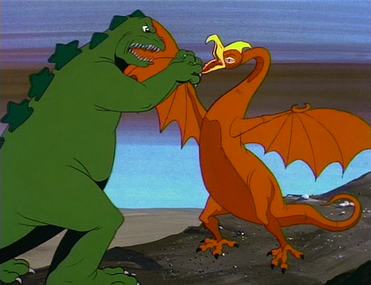 Series Monsters And Villains Season 1 The Fire Bird (Episode 1) The Earth Eater (Episode 2) The Stone Creatures (AKA The Guardians of Ramal, Episode 3) The Megavolt Monsters (Episode 4) The Seaweed Monster (Episode 5) The Energy Beast (Episode 6) The Colossus of Atlantis (Episode 7) The Cyclops Creature (Episode 8) The Chimera (Episode 9) The Minotaur (Episode 9) The Sirens (Morphea is the only one named, Episode 9) The Magnetic Monster (Episode 10) The Breeder Beast (Episode 11) The Watchuka (Episode 12) Great Watchuka (Episode 12) Diplodocus (Episode 13) Carnivorous Plant (Episode 13) Time Dragon (Episode 13) 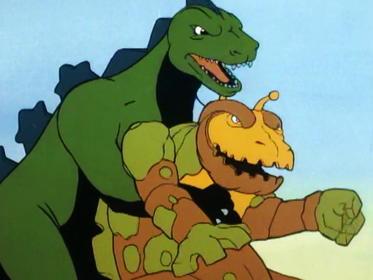 Season 2 Godzooky Clone (Episode 14) Voltrang's Clone Monster (AKA The Giant Squid, Episode 14) Giant Fly (Episode 15) Giant Octopus (Episode 16) Axor (Episode 17) The Power Dragon (Episode 18) The Cyborg Whale (Episode 19) Magma Lizards (Episode 20) Moon Monster (AKA 'Gravity Goliath', Episode 21) The Golden Guardians (Episode 22) Flying Manta Ray (Episode 23) Spider Crab (Episode 23) Jellyfish (Episode 23) Sea Turtle (Episode 23) Tropical Fish (Episode 23) Sharks (Episode 23) Squids (Episode 23) Electric Eels (Episode 23) Giant Black Widow (Episode 24) Venus Flytrap (Episode 24) Ants (Episode 24) Giant Beetle (Episode 24) Giant Antlion (Episode 24) Bees (Episode 24) Dragonfly (Episode 24) COBRA group (a fictional terrorist group armed with modern weapons technology, not to be confused with the group of the same name from the G.I. Joe franchise) (Episode 25) The Ice People of Frios (Episode 26) 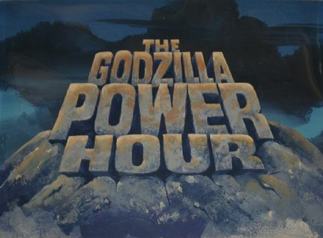 Broadcast History Godzilla originally aired in the following formats on NBC: The Godzilla Power Hour (September 9, 1978 – October 28, 1978) The Godzilla Super 90 (November 4, 1978 – September 1, 1979) Godzilla (September 8, 1979 – December 1, 1979) The Godzilla/Globetrotters Adventure Hour (December 8, 1979 – September 20, 1980) The Godzilla/Dynomutt Hour (September 27, 1980 – November 15, 1980) The Godzilla/Hong Kong Phooey Hour (November 22, 1980 – May 16, 1981) Godzilla (May 23, 1981 – September 5, 1981) The Godzilla Power Hour consisted of half-hour episodes of Godzilla and Jana of the Jungle. A total of 13 original episodes were produced in 1978, with the first eight airing as part of The Godzilla Power Hour. In November 1978, the show was expanded to 90 minutes with the addition of Jonny Quest reruns and retitled The Godzilla Super 90. For the second season beginning in September 1979, the show was separated from its package programs and aired in its own half-hour timeslot as simply Godzilla. The original plan was to keep it as part of another 90 minute arc. Only it was to be paired up with episodes of The Shmoo and The Thing. The planned title was Godzilla Meets the Shmoo and The Thing.[2] However these plans dissolved, and the show was simply aired on its own in its own half hour timeslot. Hanna-Barbera would pair episodes of The New Fred and Barney Show with the Shmoo and the Thing instead as Fred and Barney Meet the Shmoo. A month later, new episodes of Godzilla and The Super Globetrotters were packaged together as The Godzilla/Globetrotters Adventure Hour which ran until September 1980. On September 27, 1980, after 26 half-hour episodes, the show went into reruns and Godzilla was once again teamed up with other Hanna-Barbera characters: The Godzilla/Dynomutt Hour ran until November 1980, followed by The Godzilla/Hong Kong Phooey Hour which ran until May 16, 1981. On May 23, the show returned to the half-hour format as Godzilla and the last regular showing aired on September 5, 1981 (to be replaced by The Smurfs, which would last three times as long). Throughout the 1980s until the late-1990s, the series rested in limbo (with the exception of a limited videocassette release of two episodes). Since 1993, it has been rebroadcast on TNT, Cartoon Network and Boomerang.
1 Comment
Gomess (ゴメス Gomez), scientific name Gometeus (ゴメテウス Gometeusu), is the very first kaiju to appear in Ultra Q which makes him also the very first Ultra kaiju. 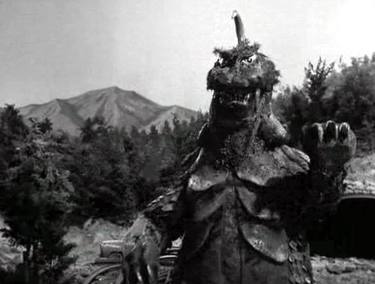 History Ultra Q Gomess was a kaiju who, in ancient times, was the predator of the kaiju Litra. In the present day, he was disturbed from his hibernation by a group of miners. He attacks the mining site where he was awakened. However, a Litra was hatching from her egg and engaged Gomess in battle. Gomess is killed by Litra's Citronella Acid attack. However, this cost Litra her life as well and both monsters died together. Trivia Gomess is infamously known for being created from a loosely disguised Godzilla suit. Around the time of Toho's film, Mothra vs. Godzilla. Eiji Tsuburaya was beginning his work on the show, Ultra Q, and during the time of Ghidorah, the Three-Headed Monster, a new Godzilla suit was to be used for the film. However when Tsuburaya pleaded with Toho Studios to use the suit, The MosuGoji suit was reused for the film instead. Once filming for episode 1 of Ultra Q was finished, The Godzilla suit that was used to make Gomess would later be given back to Toho Studios to create the film Invasion of Astro Monster. In episode 18, Gomess was intended to return. But due to filming of Invasion of Astro Monster, Toho lent the Baragon suit to Tsuburaya and Pagos was created instead. Gomess is one of the two very first monsters in the Ultra series. Gomess' appearance seems to be a mix of reptile, mammal, and insect Ultra Galaxy Mega Monster Battle: Never Ending Odyssey Gomess reappeared in episodes 1 and 2 of the series, Ultra Galaxy Mega Monster Battle: Never Ending Odyssey, as Gomess (S). When the ZAP SPACY's ship, The Pendragon, crashes on the desert planet Hammer, Gomess is the first monster to appear. Magular also appears and does battle against Gomess, but Gomess easily overpowers Magular until he turns his attention to the Pendragon. Rei sends out Gomora to battle the two kaiju and manages to destroy Magular. Gomess was revealed to be a Battlenizer monster and was called back by his unseen master before Gomora could finish him off. Gomess reappeared in the next episode when Rei used Litra to search for Alien Hook. This time, his master, Alien Guts appeared. After a battle with Gomora and Litra, Gomess was destroyed and Guts fled the scene. Trivia This series is Gomess's first appearance in color. In this series due to the more staggering sizes of the other monsters, Gomess's size is boosted to 40 meters rather than his original 10 meters. To differentiate from this previous appearance in Ultra Q, this incarnation of Gomess is referred to as "Gomess (S)" (Gomess Special) by Tsuburaya. During the opening credits to the series, Gomess is seen battling Arstron, even though neither monster fought or met each other in the series. 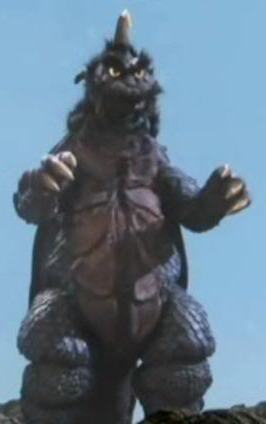 Mega Monster Battle: Ultra Galaxy Legend The Movie Gomess (S) reappeared in the movie, Mega Monster Battle: Ultra Galaxy Legend The Movie as one of Ultraman Belial's 100 Monster Army. He was first seen as a spirit in a shot of the Monster Graveyard along with Alien Reflect and Eleking. He was then seen rising out of the ground along with Alien Baltan, Velokron, King Joe Black, Nova, and Antlar. He teamed up with Alien Baltan, Antlar, Magular, Zetton, Arigera, Gudon, Twin Tail, Gesura, Silvergon, and Goldras to take on Ultraman. He was betrayed and killed along with Alien Baltan by Ultraman Belial's Belial Geno Thunder during the final battle. Trivia The Gomess Suit from Ultra Galaxy NEO was reused for Gomess's appearance in the film. Gomess is one of the monsters that makes up Beryudora's Neck in Mega Monster Battle: Ultra Galaxy Legend The Movie. Ultraman Saga Gomess (S) reappeared in the movie, Ultraman Saga. Gomess (as well as Earthtron and Gubila) is one of the monsters who has been revived by Alien Bat to serve him. Gomess works alongside Gubila and double teams Ultraman Cosmos. Shortly into the fight, Ultraman Zero (whom was only 5 meters tall,) shows up and evens the odds by battling Gomess (S). Despite his smaller size, Zero is strong enough to hold off Gomess (S) long enough for Ultraman Cosmos to calm down Gomess with the Luna Shootless, turning the monster good. However, Gomess (S) was tragically murdered by Alien Bat for his failure. Trivia The Gomess suit from Ultra Galaxy NEO was reused for his appearance in the film. According to the film's director, Hideki Oka, Gomess's introduction scene of him rising out of the ground is a tribute to the film, Mothra vs. Godzilla. Hideki Oka acknowledged that he is aware that the original Gomess' suit was originally created from the Godzilla suit. 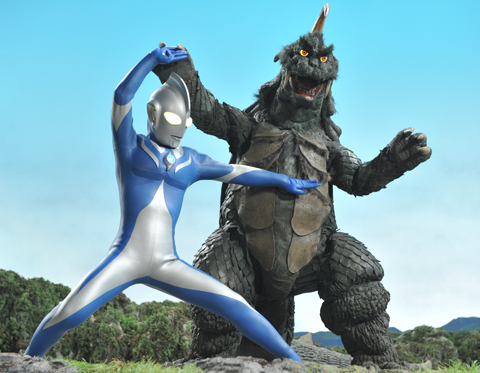 Data Original Stats Height: 10 m Weight: 30,000 t Origin: Okutama Powers and WeaponsEdit Burrowing: Gomess can burrow underground in a moderate speed. Fangs: Gomess possess a pair of fangs for close combat Tail: Gomess can use it's tail for bashing opponents. Gomess (S) Stats Height: 40 m Weight: 40,000 t Origin: Planet Hammer Powers and WeaponsEdit Burrowing: Gomess (S) can burrow underground in a moderate speed. Fangs: Gomess (S) possess a pair of fangs for close combat Tail: Gomess (S) can use it's tail for bashing opponents. Other Media
Ultraman Galaxy Gomess reappeared in the new puzzle role-playing game for mobile devices, Ultraman Galaxy as a C (Common) card that you can unlock him in one of the levels in the game with a high chance of getting Gomess. 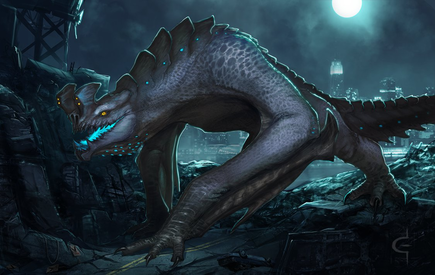 Otachi is a Category IV Kaiju. Biology As with Leatherback, Otachi is one of the largest and heaviest Category IV Kaiju to make landfall. She is larger than other Kaiju types in terms of length, though not mass. Otachi appears to walk on all fours, instead of standing upright like some other types of Kaiju. Her anatomy consists of two short legs and long, four digit hand-wings that bear a striking resemblance to a Pterosaur`s wing which she can use to fly. Her wings are stored inside her forearms for protection, folding out from an elongated, double-jointed fifth digit.[3] Otachi is capable of flight to the edge of space, even when her legs are carrying something as heavy as a Jaeger. She has a long tail with bony plates along her spine, as well as three prehensile pincers on the end of the tail; the tail is a potent weapon that can be used as a club or claw against Jaegers. The facial structure of Otachi is made up of a long neck, plated and ridged, and her head includes a large, powerful jaw and is marked by a signature crest on between her forehead and snout, with two extra, golden eyes on each front of the crest. The crest is curved in the front, with a long, sturdy spike protruding from the back for protection of the eyes. The bottom jaw is capable of splitting in two to spit from the pouch (below the maw). Her tongue has a flowering and bioluminescent structure which she apparently uses either as a grasping mechanism or sensing organ (similar in function to a snake's vomeronasal organ). She also has a sac under her neck that can be engorged to spit a blue, extremely corrosive acid, as seen when it melts the thick armor of a Jaeger and when it it easily liquifies the side of an office building. 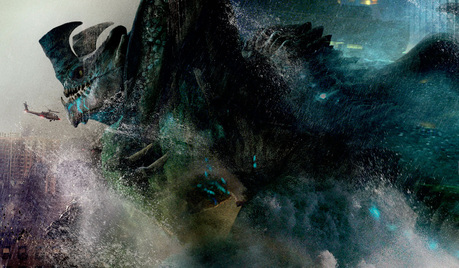 History Hong Kong Incident Otachi and Leatherback, a fellow Category IV, emerge from the breach and head for Hong Kong with the intention of hunting down Newton Geiszler. Crimson Typhoon, Striker Eureka and Cherno Alpha are deployed to intercept them. Striker Eureka remained on the sidelines on orders not to engage. Otachi springs out of the ocean, using its barbed tail to knock over Crimson Typhoon. Crimson Typhoon's pilots use their signature attack: the "Thundercloud formation" and activate all three of rotating blades. For the initial part of the battle, Otachi single-handedly engages Crimson Typhoon and Cherno Alpha. During the fight, Otachi successfully parries two of Crimson Typhoon's attacks and crushes its blades. Crimson counter attacks by grabbing Otachi's claws, using its flexibility to toss the Kaiju over its shoulder. Cherno Alpha traps Otachi in a headlock and punches her repeatedly. Otachi uses her tail to knock Cherno Alpha over. As Crimson Typhoon prepares to attack Otachi again, its pilots are ignorant of the pincer at the end of Otachi's tail. The tail crushes and tears the Jaeger's Conn-Pod from its shoulders. The beheaded Jaeger collapses into the bay. Cherno Alpha recovers and advances, Otachi spits a stream of acid at the Jaeger, compromising the armor and causing the reactor to leak into the Conn-Pod. Striker Eureka attempts to come to Cherno Alpha's aid, but before it can reach the Mark-1, Leatherback springs from the water. It leaps onto Cherno Alpha's back while Otachi tears at one of the Jaeger's arms. Otachi abandons her assault against Cherno Alpha proceeds to intercept Striker Eureka while Leatherback destroys the former. Attacking Striker Eureka, Otachi fights the Jaeger and is overpowered. Moments away from being killed by a missile barrage from Striker Eureka's Anti-Kaiju Missiles, Leatherback disables Striker Eureka and the Shatterdome with an EMP attack. 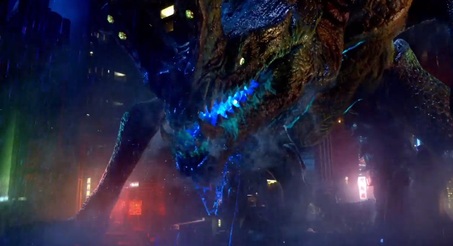 While Leatherback remains behind to observe and taunt the disabled Striker Eureka, Otachi heads into the city to hunt down Newton. She manages to track him down to a public Anti-Kaiju refuge. Before she can devour him, her attention is drawn toward an approaching Gipsy Danger, armed with an oil tanker. Otachi blindly charges the Mark-3 Jaeger, but is repelled by Gipsy Danger attacks with the tanker. Changing strategy, Otachi uses her pincer tail to grab the ship. She hurls it across the city and smacks Gipsy Danger with its tail. Otachi retreats deeper into the city. While she recovers, she uses the buildings as cover. She later re-engages Gipsy Danger, ambushing it when she crashes through a building. Grappling the Jaeger, she rams Gipsy Danger through another building and then drags it through a third. Before Gipsy Danger can counter, Otachi attacks it with her acid. The Jaeger dodges and rams its right hand into her throat with the intent of ripping her acid sac out. Otachi tries to use her tail pincer to crush Gipsy Danger's head. The Jaeger vents its coolant from the left side to freeze Otachi's tail; when Otachi's tail is frozen, Gipsy Danger shatters the tail and rips out the acid sac. Otachi leaps onto Gipsy Danger, wrapping her talons around its chest. Unfurling her wings, she takes flight with the Jaeger in tow. She drags Gipsy Danger across the tops several buildings and climbs fifty thousand feet above the atmosphere. As the pilot's oxygen begins runs out, Gipsy Danger successfully deploys its Chain Sword and cuts Otachi in half, ending the battle as the two fall back to earth. Aftermath Shortly after the death of Otachi, her body was harvested for organs and Kaiju Skinmites. When Hannibal Chau's workers entered her body to retrieve the secondary brain, they discover her brain is too damaged to for Newton's intended purpose. However, hearing the sound similar to a heartbeat, Chau's men are killed when Otachi's offspring escapes the womb and her dead body. Otachi's offspring would allow Newton and Hermann Gottlieb to accomplish a successful drift using its secondary brain. 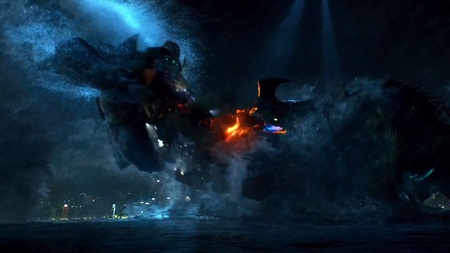 Trivia Otachi means "big sword" in Japanese. According to Guillermo del Toro, Otachi is female. According to Travis Beacham, Otachi is not the only Kaiju that can fly. In the novelization of the film, Otachi's tail acts independently of the rest of her body after it is severed by Gipsy Danger. Otachi is a playable DLC character in Pacific Rim: The Video Game. Otachi is one of the more cunning Kaiju after Slattern. The "stripes" on Otachi's underside are injuries caused by Crimson Typhoon's blades. Otachi's pain threshold appeared greater than other Kaiju. One example being that even after losing her tail, Otachi still steadily flew into the atmosphere. Otachi's character poster claims she has a Speed of 8. Scunner is a Category IV Kaiju. It protects the breach from the Jaegers alongside Slattern and Raiju. Biology Scunner's appearance and behavior is akin to that of a bull. Broad and stocky, its two curved horns jutting out of its head act as battering rams against armored opponents like the Jaegers. Scunner possess four arms that aid in its ability to move faster than its opponents under water. Its plated body armor allows it to take great amounts of damage in the most severe environments. Like most Kaiju, it has a green bioluminous glow throughout it's body. Its ability to work in tandem with other Kaiju makes it a particularly dangerous foe in combat. Like Slattern and Knifehead, Scunner's primary arms are actually two fused arms themselves ending in three-digited claws. History When Scunner and Raiju emerged from The Breach, they waited for the arrival of the two remaining Jaegers, Gipsy Danger and Striker Eureka. Upon their approach to the Breach, Scunner and Raiju circle the Jaegers, using their lack of visibility against them. Once they reveal themselves, Scunner engages Gipsy Danger in combat. Gipsy Danger subdues Scunner, but before Gipsy Danger can kill Scunner with its right-arm GD6 Chain Sword, Raiju's jaws clamps down onto Gipsy's arm while swimming at top speed, tearing its arm off. Scunner frees itself from Gipsy's hold and takes advantage of the damaged and disorientated jaeger to bite and cripple Gipsy's right leg. Unleashing its Chainsword from its left arm, Gipsy pierces Scunner through the neck and drags its head over a volcanic pit, burning its face. Scunner, thrashing from the pain, escapes and off balances the damaged Jaeger giving it time to recover. Raiju attacks Gipsy Danger a second time, but is cut in half by its chain sword. Striker Eureka's endurance against Slattern forces the Category V Kaiju to call for aid. Scunner abandons its fight with Gipsy Danger in order to attack Striker Eureka. Gipsy's crippled leg prevented the Jaeger from helping Striker in time. As Scunner and Slattern move in to destroy Striker Eureka, its pilots detonate the thermonuclear bomb on its back, killing Scunner and critically wounding Slattern. Trivia Scunner uses the same basic CG body as Knifehead and Trespasser in the film. Scunner is the largest Category IV in Pacific Rim. Scunner and Raiju are the last Category IV Kaiju to emerge from the Breach before its destruction. The word "scunner" comes from Scotland, where it refers to something that triggers a strong reaction of disgust. Scunner is featured in Pacific Rim: The Video Game. Scunner is depicted on the Blu-Ray release of Pacific Rim, replacing Gipsy Danger in a lenticular image. NECA's Pacific Rim Series 4 will include a Scunner Action Figure, released around June 2014. Scunner is the tallest Category IV known. 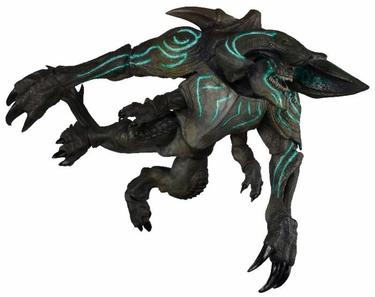 Technical Information Given Name: Scunner Breach Date: January 12, 2025 Category: IV Status: Deceased Kaiju Specifications Height: 441 ft (134.4m). Weight: 3,230 tons Speed: 5 Strength: 9 Armor: 8 Battle Information Attack Behavior: Coordination with other Kaiju Intimidation tactics and ingestion Toxicity: Low Powers: Pointed, plated protrusions designed to batter and ram Weaknesses: Oblique region Target Information City Targeted: None Jaegers Targeted or Destroyed: Striker Eureka, Gipsy Danger 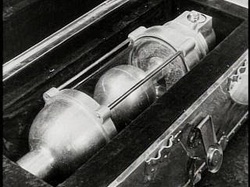 The Oxygen Destroyer (オキシジェン・デストロイヤ, Okishijen Desutoroiyā) was a fictional weapon of mass destruction used to kill Godzilla in the 1954 Godzilla film, Gojira. Origins It was the invention of Dr. Daisuke Serizawa, who feared the power of the device that he created. History Showa Series Gojira The weapon was first revealed to Emiko Yamane by Daisuke Serizawa when they were in his lab. He demonstrated it on a tank of fish, which were instantly reduced to skeletons. Fearing that it would lead to another arms race, the doctor sacrificed himself as he detonated his device underwater, killing both Godzilla and the chance that his device would become a weapon. Heisei Series Godzilla vs. Destoroyah The Oxygen Destroyer would carry on a larger role, and was later revealed to have awoken prehistoric creatures that mutated into the monster Destoroyah in the 1995 film Godzilla vs. Destoroyah. That film also noted that "if it had been used on the ground, it's quite obvious that Tokyo would've become a cemetery." The chemical reaction initiated by the weapon (which is the actual part that destroys the oxygen) also powers one of Destoroyah's attacks, a beam of micro-oxygen, in the shape of a double-helix, with the destructive power of the Oxygen Destroyer itself. 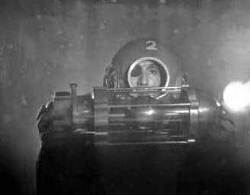 Millennium Series Godzilla Against MechaGodzilla In Godzilla Against MechaGodzilla, the Oxygen Destroyer didn't dissolve Godzilla's skeleton, and Kiryu's blueprints incorporated the original Godzilla's skeleton within it to make the design process and construction less strenuous. Mechanisms The device works by releasing a chemical stored within it's spherical center. Once released, the chemical (dubbed Micro-Oxygen) reacts violently with the water, isolating oxygen molecules and splitting them. The molecules are then liquified. This means that any organism exposed to the chemical will first suffocate from the lack of oxygen, and then disintegrate. Depending on the amount of the oxygen destroying chemical released, the body of the victim will either be eaten down to the bone or destroyed completely. When used to its full potential, the Oxygen Destroyer will leave no remains. 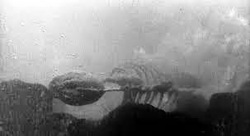 Filmography Gojira Godzilla vs. Destoroyah (Stock Footage) Godzilla Against MechaGodzilla (Stock Footage) Trivia It should be noted that even though many weapons have been created to kill Godzilla, the Oxygen Destroyer is the only man-made weapon to accomplish this task. The Oxygen Destroyer prop is the oldest remaining Godzilla prop known, first being used in 1954 and recently seen in 2013, being displayed at the Godzilla Encounter, making the prop over 59 years old at the time. Zedus (ジーダス) is a giant sea monster and main antagonist of the 12th Gamera movie, Gamera: The Brave. Powers Spear Tongue: Zedus' tongue is extremely long and ends in a hard spear-like tip that he can use to impale enemies. Extraordinary Jumper: Zedus can jump high and far through the air. Description Zedus is a large aquatic saurian monster. He strongly resembles Godzilla and has a large neck frill (that resembles a dilophosaur from Jurassic Park) and vestigial "fins" from his head and his tail. Also he has a rather long and powerful tail. He fights almost exclusively with his claws, teeth and tail. His most powerful weapon is his elongated tongue which he can launch in a "spear"-like attack, reminiscent of fellow Gamera foe Barugon. He is an extraordinary jumper. He feeds on humans almost exclusively in the film. 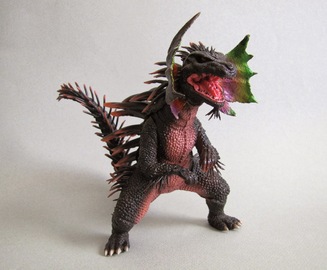 History A man-eating monster from the depths of the ocean, Zedus attacked several ships at sea before finally making landfall, causing all sorts of damage. Feeding on cowering people, the beast’s wrath knew no end. Fortunately for what remained of the city, Toto, the young Gamera found and raised by a young boy, appeared. Battling the young turtle, the predator unleashed its spear-like tongue on the reptile. After several missed, Toto grabbed the tongue and held on as it pulled back into his maw. The creature was blasted in face with a ball of fire, sending the monster into the sea below. Zedus’ returned in full force, attacking the complex that Toto was being held in before unleashing his wrath on the rest of Nagoya. The two clashed once again, and like before, Zedus was quickly getting the upper hand. Overpowering the turtle with brutality, the creature tossed Toto into a building. The hero’s body now stuck in the building, Zedus began to climb up. The predatory kaiju had no idea that Toto had just been empowered by the jewel that gave him birth and was knocked off of the building by the flying Toto. Quickly getting to his feet, he lashed out with his tongue yet again, this time impaling it through Toto’s shoulder. As the two struggled on, Toto ripped the tongue in half and unleashed a powerful fire ball. The ball of flames quickly engulfed the creature and blew it to bloody pieces. Bagan (バガン, Bagan) is a super kaiju created by Toho Studios that first appeared in the 1993 Godzilla video game, Super Godzilla, but was intended to appear in many films, all of which were scrapped. 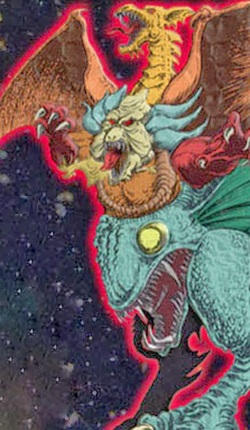 History Version #1 The Return of Godzilla The first version of Bagan, from the first draft of The Return of Godzilla, was a shape-shifter. It started out as an ape-like creature but after being wounded it became a dragon-like creature. Each time it changed it healed itself. It dives into the sea and becomes fish-like. Bagan runs into Godzilla, but finding that it can't defeat him in any single form, it makes a towering, combined form. But after this, it can no longer change shape, meaning it can no longer heal itself, allowing Godzilla to defeat it. Version #2 Mothra vs. Bagan In Mothra vs. Bagan, Bagan is an ancient creature that protects the land of China. He was frozen in the Himalayas long ago but now, due to global warming, the beast breaks free. He sees the damage humans have done to the land and begins to attack them, but Mothra intervenes. As the fight between the two monsters takes them to Singapore, Mothra's egg hatches and the larva arrives to help its parent. Despite their combined attempts to stop the creature, Bagan kills the adult Mothra and moves on. The larva cocoons itself and becomes an adult Mothra, attacking and defeating Bagan in Hong Kong. Unfortunately, after Godzilla vs. Biollante did not perform as well at the box office as Toho had hoped, they decided not to risk making another movie with another new monster, and so Mothra vs. Bagan was canceled. 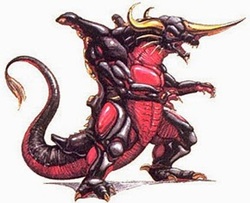 Godzilla vs. Bagan In Godzilla vs. Bagan, Bagan was intended to fight the King of the Monsters himself, Godzilla. Not much else is known, other than the Gotengo was also supposed to fit into the story somehow. Unfortunately, Godzilla vs. Bagan never got past the development stage. Abilities The only known powers for the first, Return of Godzilla version of Bagan are shape-shifting and ability to heal himself. In the storyboards for Mothra vs. Bagan, Bagan is shown to be blowing a hole in one of Mothra's wings with an energy beam from his mouth. He is also shown to be firing some sort of lightning bolt from his main, nasal horn, and growing what seems to be some type of energy-wings out of his back. The version of Bagan that appeared in Super Godzilla possessed insanely high physical strength and durability. He could slash with his powerful claws ("Slasher Claw"), perform a Diamond Storm (in which he would shoot white, star-like objects from his horns), fire a white Plasma Beam from his mouth and generate a Force Field to block incoming attacks. Bagan's attacks were, bar none, the strongest used by any enemy in the game. In addition, he had the most health out of any enemy in the game and Godzilla's attacks would inflict barely any damage, making it necessary to transform into Super Godzilla to defeat Bagan and complete the game. Filmography The Return of Godzilla (1st Draft) (Scrapped) Mothra vs. Bagan (Scrapped) Godzilla vs. Bagan (Scrapped) Video Game Appearances Super Godzilla Godzilla Movie Studio Tour Bagan received a starring role as the final boss in the video game Super Godzilla. Supercharged by cells from Godzilla and King Ghidorah that his alien commanders had spliced into him, Bagan is easily the most powerful foe in the game, generally seen as impossible to defeat as normal Godzilla, and still seen as a difficult fight as Super Godzilla. Trivia Bagan is the only known monster to be more physically massive and greater in weight than the final form of Biollante, who weighs in at a lesser 220,000 tons. Bagan was mentioned by Simon Strange in an interview for Godzilla: Unleashed. He was one of several monsters considered for the game, but was dropped in favor of more obscure monsters (Varan being explicitly stated). In M.U.G.E.N, Bagan is playable. He is one of the customizable characters in the game. There are two versions. A video, supposedly consisting of cut footage of Bagan from Godzilla: Final Wars, was uploaded to YouTube on June 19th, 2012. The footage turned out to be a hoax, showing off the monster called Reizaus from the show Super Fleet Sazer-X. "Bagan" is Indonesian for blueprint or draft. This is interesting considering that Bagan was planned for several movies but scrapped. Mothra vs. Bagan (Film Concept) Mothra vs. Bagan was a film proposed in 1990 by Tomoyuki Tanaka. It would have been Mothra's first film since Destroy All Monsters and would have introduced the monster Bagan, who had previously appeared (in a vastly different form) in the scrapped first draft of The Return of Godzilla. The film would have, on an interesting note, included the character of Miki Saegusa (who had appeared only in Godzilla vs. Biollante at that point). However, due not only to the poor box office performance of Godzilla vs. Biollante, but also to the unlikely success of the film over seas, the film (which would have also been very expensive to make) was cancelled. However, much of the plot was recycled for Rebirth of Mothra. Some thing to note is that Desghidorah grows wings near the end, similar to Bagan. 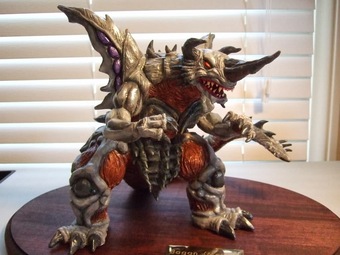 Plot Thousands of years ago, a giant monster terrorized ancient China. The kaiju, known as Bagan, rose to destroy threats to the Earth. Although the ancient people of China were able to defeat the creature, legend passed down through the ages claimed that the "primordial dragon" would rise again to defend the planet again. In the present day of 1990, the glacier containing Bagan melts from rising global temperatures, and the monster sets its sights of eliminating humanity, now Earth's greatest threat. However, standing in Bagan's way is Mothra, a giant insect monster left behind by an ancient civilization to defend humanity. Mothra confronts Bagan in Singapore, but is soon overwhelmed. Some distance away, in Borneo, a gigantic egg begins to stir, and it soon hatches an infant Mothra, which crawls to help its mother. The three monsters then engage in a series of battles that span the globe. Unfortunately, as the monsters fight in Bangkok, the adult Mothra is killed by Bagan. The larva quickly retreats and spins a cocoon, transforming into an adult Mothra. The two monsters then meet again, this time in Bangladesh, and begin the final battle. Bagan, though, has become even more powerful, and has now grown wings that allow the beast to fly. Fortunately, after a long battle, Bagan is defeated by the younger Mothra and humanity is saved. Clover is the given name of an underwater life form that appears in Cloverfield and Cloverfield/Kishin. The creature was created by artist Neville Page and JJ Abrams. 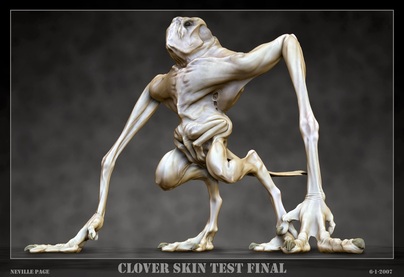 Overview The monster came from the Atlantic Ocean, where it was awakened by Tagruato submarines sent down from Chuai Station to investigate. The monster rampages throughout Manhattan, destroying the city in its path. This destruction causes the United States government to sacrifice New York City in an attempt to kill the monster with heavy ordnance in the Hammerdown protocol. Before that, the monster killed Jason Hawkins, crushing him with its tail on the Brooklyn Bridge; its parasites bite Marlena Diamond, causing her to explode from the central cavity; and it bites Hud Platt in half just moments before the Hammerdown protocol. The whisper after the credits states that the monster is still alive, however, J.J. Abrams states that the military bombing killed the creature. The monster's origins are revealed in Cloverfield/Kishin. History The monster's origins are only revealed in the film's viral marketing campaign (Abrams wanted the movie to be realistic; if a monster did attack, civilians would have no idea where it came from), leaving some who have seen the film confused about where it really came from. Many speculate that it is of extraterrestrial descent, but this has been denied by J.J. Abrams. The object seen falling into the ocean is actually the Japanese government's ChimpanzIII satellite. The monster is a deep-sea creature with an unknown evolutionary history. The species apparently has a very long life-span, as the creature is still an infant during the events of the film, regardless of being alive for thousands of years. It grew to its massive size through consuming large amounts of Seabed's Nectar, a natural steroid-like substance which is very addictive and causes increased cell division and growth, and is used by Tagruato's subsidiary company, "Slusho!", for use as their secret ingredient in their frozen drink of the same name. At some point afterward, the monster went into a sort of hibernation. 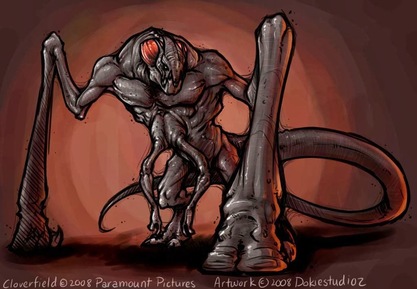 The monster was first discovered by one of Tagruato's marine biologists, Kazui Ichigawa. Tagruato later stole his laptop and files and killed him and his family while they were on vacation in Daisetsu-San National Park, covering the assassination up as the result of a gas explosion in their trailer. Later, they used this information to locate the monster and built the Chuai station over top of it, claiming (falsely) that they were drilling for oil there. Shortly before the rig was supposed to open, Tagruato sent several submarines from the station down six miles to the ocean floor to study the monster. This action disturbed the creature from its slumber, and in a fit of rage and fear it destroyed the station, then proceeded towards Manhattan. The creature, upon arriving to New York City, attempts to eat the Statue of Liberty's head, then throws it into the city when it realizes the head isn't edible. Though initially confused, the military's subsequent attacks frighten and later enrage the monster. For approximately five hours and fifty-seven minutes, it rampages throughout the city, destroying landmarks and battling the military. News companies were able to get their news choppers into the air to report the event, but after several choppers were taken down by the creature, the military suspended all news chopper activity. Evacuations of people and resources from the city were successful, and it is estimated that approximately 1.4 millions residents and visitors were evacuated by tunnel, helicopter and bridges, in which 350,000 of those residents and visitors were evacuated via the Holland Tunnel. By 0600 (6:00 AM), 78 successful airlifts from Manhattan had been completed, with only 2 choppers going down. After several failed attempts to kill the monster, the government approves the military execution of the HAMMER-DOWN Protocol at 0442 hours (4:42 AM), 120 minutes before execution, in a last ditch effort to destroy the monster. 120 minutes later, United States military aircraft flew over Manhattan, deploying their weapons to ultimately kill the creature. According to film producer J.J. Abrams, the creature is officially "...a baby. He's brand-new. He's confused, disoriented and irritable. And he's been down there in the water for thousands and thousands of years". 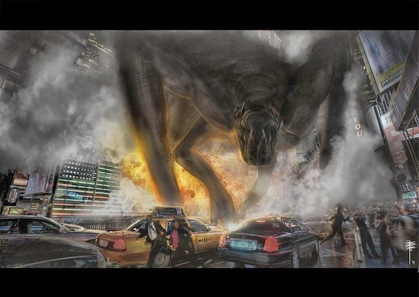 Biology The monster is a 240-300 foot high quadruped with long tri-fork finned tail. The uppermost double-jointed limb pair is longer than the other two, ending in a multi-fingered hand which can bend backward so that the creature can walk on its fingers. The double-jointed, squat legs are powerful enough to support the creature’s mass, and yet still allow it to move relatively quickly for an organism of its size. Each of its feet is 30-40 feet in length, roughly the size of a city transit bus. The creature is covered in gray skin that exhibits a white pallor, possibly due to an absence of light on the ocean floor. The skin is also host to thousands of dog-sized parasites creatures. Its head has sharp, bony features and two eyes with pupils large enough to almost obscure their requisite sclera from view. Its face resembles that of a piranha or an angler fish. There are a set of membranous sacks on either side of the head behind the eyes, which inflate and recede back into the head. Some speculate them to be "ear membranes", much like those of a frog. Some fans have speculated that they are filled with some type of fluid to help it adjust to the different pressures it encounters on land. Others say they help the monster breathe the air which would be thin to it, due to its large size. Tucked between the monster's legs are two "external esophogi". The esophogi are used to eat creatures much smaller than itself (humans and any other large animals). In the Cloverfield/Kishin manga, the monster's external esophogi are shown using long, thin tubes to wrap around the victims and bring them in, though how much the manga can be trusted on these matters is unclear. The esophogi were first clearly seen when Hud looks up at the monster before it bites him. Fans originally misinterpreted the tubes to be limbs before their true nature was revealed. The esophogi end with teeth-like projections. It devoured several dozen Central Park carriage horses with, as well as (most likely) the people that Marlena mentioned the monster was eating when it moved down Broadway. The creature's skin showed a strong resistance to projectile weaponry, due to the immensely high resistance deep-sea creatures have shown against heat and pressure due to their environmental conditions. Shells from M1A2 tanks and M109A6 Paladins, AT-4 rockets and FGM-148 Javelin missile launchers, AGM-65 Mavericks and Mk-82 bombs and other high powered ordnance failed to do anything other than aggravate and frighten the creature. Diet The Monster's diet covers a large array of foods. The first hint at the monster's diet was when a photo of whales the monster had partially consumed appeared on 1-18-08.com. In Cloverfield, Marlena says she saw it "eating people". The exterior esophogi are the right size to consume humans, among other things. Other amateur video footage of the Cloverfield event reveal that the monster was also seen eating multiple horses at the same time with these tubes. However, it also eats humans with its mouth, as it bit one of the main characters in half. 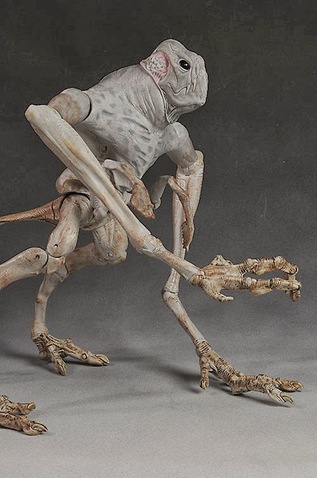 Parasites The Parasites are the secondary monsters in the film Cloverfield. Overview The monster was covered in 2,000 Parasites that are roughly the same weight and height as a dog. They have 10 legs consisting of six spider-like, double jointed limbs and 4 "pincers" on the top and back of its body. They have very large jaws, pale gray skin and multiple black eyes. The Department of Defense codenamed the parasites "HSP" (Human Scale Parasite). The Military notes how the parasites attack in pack coordination and prefer enclosed spaces for trapping and surprising their prey. They can also detect unsuspecting victims from afar, by an unknown method. The parasites are also suspected to be the reason the monster made its violent emergence from the water and onto land. A dead Parasite (tagged "Specimen #94P") was a key component in the Department's research in the physiology of the HSP. A yellow substance around its mouth was initially thought to be a sort of venom; however, further studies indicate that it may be a form of saliva. Parasite Bite The Parasites have concentrated levels of Katei no Mitsu in their blood, a key ingredient in Tagruato's Slusho! beverage. One theory is that water poured onto a Parasite causes a reaction in the Parasite's saliva that accelerates the degenerative process in the HSP's victims; The life span of a victim varies between 20 or 40 minutes. Moments before death, victims of Parasite bites exhibit symptoms of dizziness, bleeding from the eyes and nose alongside vomiting blood. Their bodies expand and the central cavity explodes outward. Marlena Diamond and a soldier being carried out on a stretcher died in this manner. Isolation of victims in their final moments are a precaution against initial fears of viral contamination. The rapid containment of their bodies before inevitable combustion is also necessary for hygienic purposes. Movement The parasites' movement is unique in that they have the ability to climb walls and cling onto ceilings. Their leg movement is similar to that of spiders, and have the ability to jump great distances. Zigra is an alien monster and the main antagonist in Gamera vs Zigra, the seventh Gamera film. Zigra is a deadly opponent whose appearance is similar to that of a Goblin Shark, possessing a silvery gray, armor-plated hide, a pointed nose, a row of sharp fins on his back, as well as sharp pectoral fins. History Zigra invaded earth with the intention of enslaving the human race and raising them like cattle - he came from a planet where instead of people eating fish, fish eat people (thus making the film the first known Japanese instance of the Russian reversal). Like Viras attempted three films earlier, Zigra held a pair of human children hostage in order to force the human race to conform to his plan, but Gamera engaged him in battle. Gamera eventually threw him on land, using a rock to play his theme song on Zigra's dorsal fins like a xylophone before burning the huge Alien shark alive, incincerating and killing Zigra. In the film Gamera: Super Monster, Zigra fought with Gamera again in one of the many stock footage scenes. When Gamera hits his back with the rock, his theme song is not played, and is instead replaced by a new, simple new tune. Abilites Zigra's attacks are all based around his blades on his back, head and, fins. His great speed and agility allows him to easily doge Gameras attacks and out monover him. But Zigra's weakness is that he is helpless outside of water. Zigra can also shoot a beam of light from the gem between his nose that paralayses an opponent. Other Appearances
Like many of his fellow Showa monsters, Zigra has not made a film appearance outside his initial debut, (except for the obvious stock footage scenes). However, he made an appearance in the Gamera comic series by Dark Horse Comics, that was based on the Heisei Gamera series. In the story, Zigra was an escaped alien creature from outer space, who managed to find his way onto Earth. He'd eventually meet up and face Gamera, who made relatively short work of him. In this series, he was pretty much unchanged, except for the fact he was more of a wild animal, and was more aquatic-based. Togera is a gargantuan dinosaur said to be the last of his kind that survived extinction by hibernating beneath the ocean. 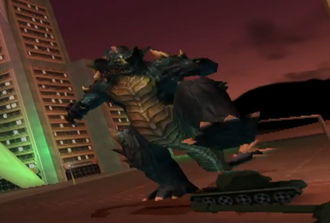 Background Spending untold centuries in hibernation at the bottom of the Pacific ocean, Togera was awoken by leaking fuel from one of the disabled UFOs which sunk to the depths, in the proximity of the slumbering beast. Togera is believed to be a descendant of the gigantic dinosaurs that once roamed the earth millions of years ago. Now it is possibly the last of it's species. Survival drives it to fight savagely-morphing it's body to protrude deadly "bone" spikes and spitting deadly streams of energy. - Game booklet Togera - Scaly horror from the deep. Togera has our fav special: Glowing plasma-nuclear breath. He's got average speed and strength, but has some nice guard breaks. - PSM #68, 2/03 "Togera is our reptilian sea monster," Giam smiles. "He's a spiny gargantuan awakened from his long dormancy by nuclear bomb. We went through several disparate sea-creature designs during the course of the game, (one of which ended up as a skin for another, guess which one!), but in the end, the best result we got was the result of Koji Saito of SCEI. He and the others at SCEI gave us great feedback on the game and monster design, and it was from some of his people's excellent concept art that Togera was born." - Official U.S. Playstation Magazine, Issue #64 1/03 Abilities Togera's Long Range attack is radioactive breath that reaches a medium distance and does average damage, his armor is average and his projectiles fire at a medium rate, dealing medium damage. He is a medium-jumper and climbs at a medium pace. His taunt is a roar followed by a flex and popping of his bone spikes. 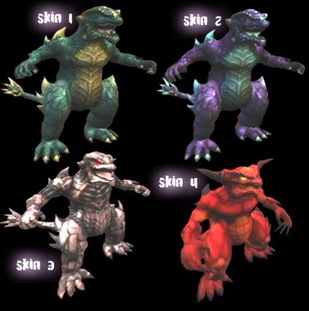 Basic Combos Chomp-Chomp: H-H-L-UL-UL-H-H Triple Tail: L-L-UH-H-H Costumes Togera skins Skin 1: Green from Stage 2/ Gambler's Gulch (Default). Skin 2: Purple/Green (Free) Skin 3: Mecha Togera (30,000) Skin 4: Demon Togera (60,000) Trivia Togera is an obvious tribute to Godzilla of Toho Films fame, as well as the British film Gorgo (1961). Togera's second costume could be based off Super Godzilla. To support this, Togera's 4th costume could be based of Bagan (particularly the horns). This could be mear coincidence. Togera's third costume is most likely based on Mechagodzilla. His original design had fins and he had a more amphibian look, which was originally one of Togera's earlier skins. It was scrapped, but was used as a skin for Kineticlops' 4th skin. Togera, as well as Zorgulon and Raptros , is the only monster who does not appear in the behind-the-scenes featurette of War of the Monster's development. Togera (as well as Goliath-Prime, Raptros, Vegon, Robo-47, Magmo, Zorgulon and Cerebulon) are the only monsters which appeared the least in artwork and promotional material). In the opening cutscene of War of the Monsters, Togera has webbed hands. However, in game he does not have webbed hands or even webbed feet. This contradicts the idea that he is an aquatic monster. This is likely due to the PS2 can't render small objects. In one of his victory animations, Togera is celebrating his triumph - until he catches sight of his tail. He will then procede to chase it around in circles. |
Archives
January 2022
Categories
All
|
|
© 2011-2024 Kaiju Battle. All Rights Reserved.
|
Visit Our Social Media Sites
|
Proudly powered by Weebly
|
- Home
- Features
- Movies/Media
- Collectibles
- Comics/Books
-
Databases
-
Figure Database
>
-
X-Plus Toho/Daiei/Other
>
- X-Plus 30 cm Godzilla/Toho Part One
- X-Plus 30 cm Godzilla/Toho Part Two
- X-Plus Large Monster Series Godzilla/Toho Part One
- X-Plus Large Monster Series Godzilla/Toho Part Two
- X-Plus Godzilla/Toho Pre-2007
- X-Plus Godzilla/Toho Gigantic Series
- X-Plus Daiei/Pacific Rim/Other
- X-Plus Daiei/Other Pre-2009
- X-Plus Toho/Daiei DefoReal/More Part One
- X-Plus Toho/Daiei DefoReal/More Part Two
- X-Plus Godzilla/Toho Other Figure Lines
- X-Plus Classic Creatures & More
- Star Ace/X-Plus Classic Creatures & More
-
X-Plus Ultraman
>
- X-Plus Ultraman Pre-2012 Part One
- X-Plus Ultraman Pre-2012 Part Two
- X-Plus Ultraman 2012 - 2013
- X-Plus Ultraman 2014 - 2015
- X-Plus Ultraman 2016 - 2017
- X-Plus Ultraman 2018 - 2019
- X-Plus Ultraman 2020 - 2021
- X-Plus Ultraman 2022 - 2023
- X-Plus Ultraman Gigantics/DefoReals
- X-Plus Ultraman RMC
- X-Plus Ultraman RMC Plus
- X-Plus Ultraman Other Figure Lines
- X-Plus Tokusatsu
- Bandai/Tamashii >
- Banpresto
- NECA >
- Medicom Toys >
- Kaiyodo/Revoltech
- Diamond Select Toys
- Funko/Jakks/Others
- Playmates Toys
- Art Spirits
- Mezco Toyz
-
X-Plus Toho/Daiei/Other
>
- Movie Database >
- Comic/Book Database >
-
Figure Database
>
- Marketplace
- Kaiju Addicts
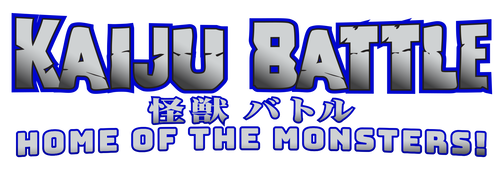
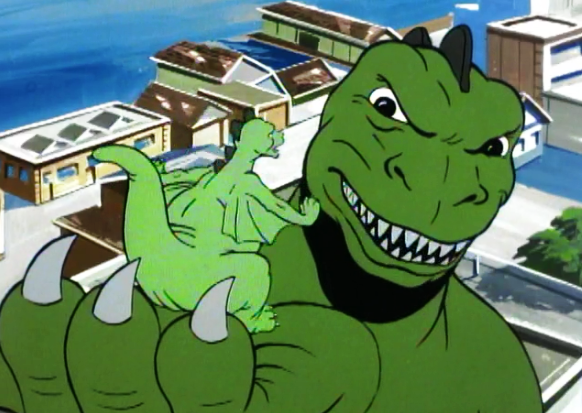
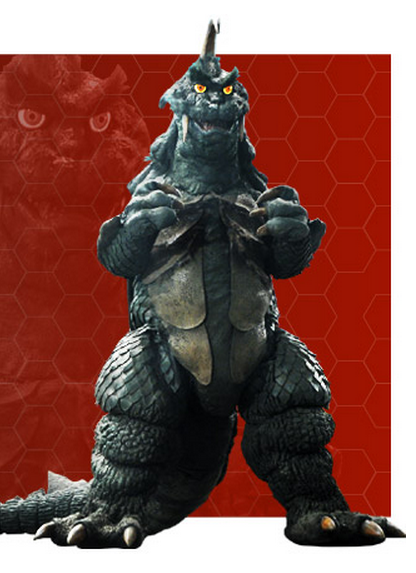
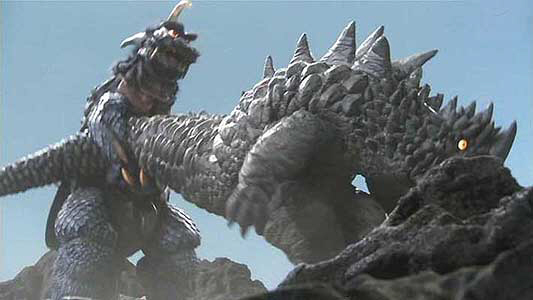
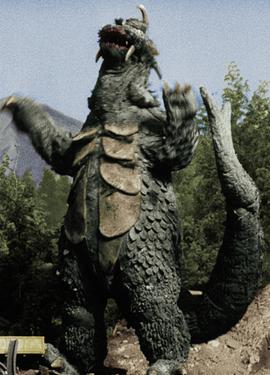
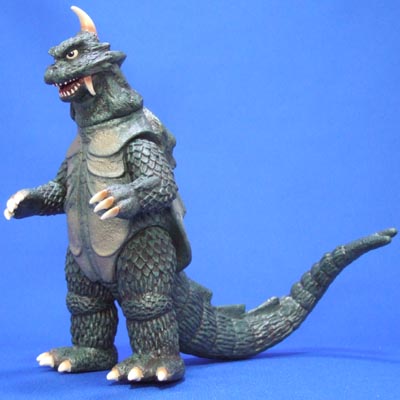
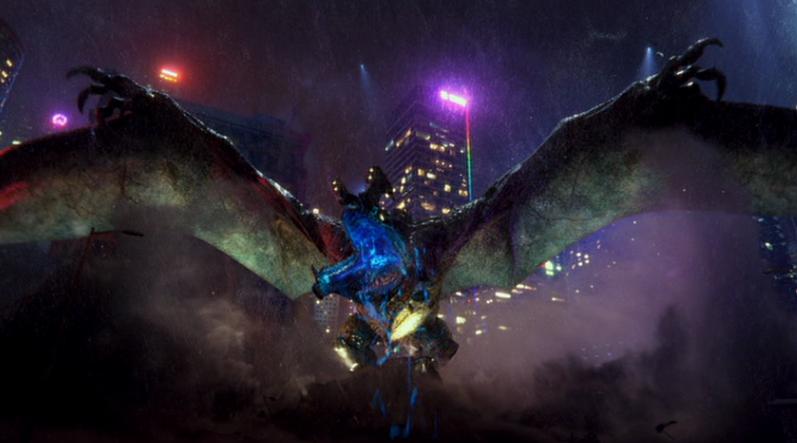
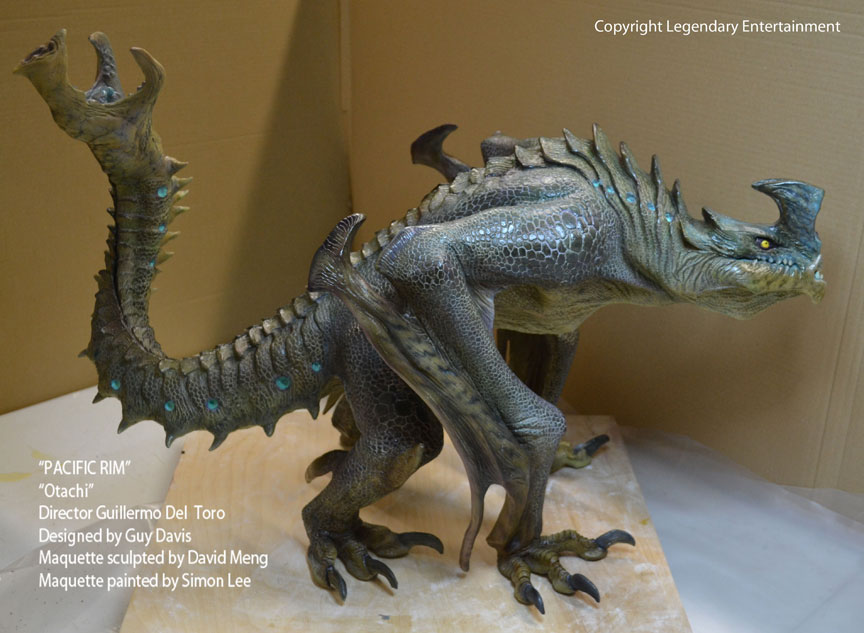
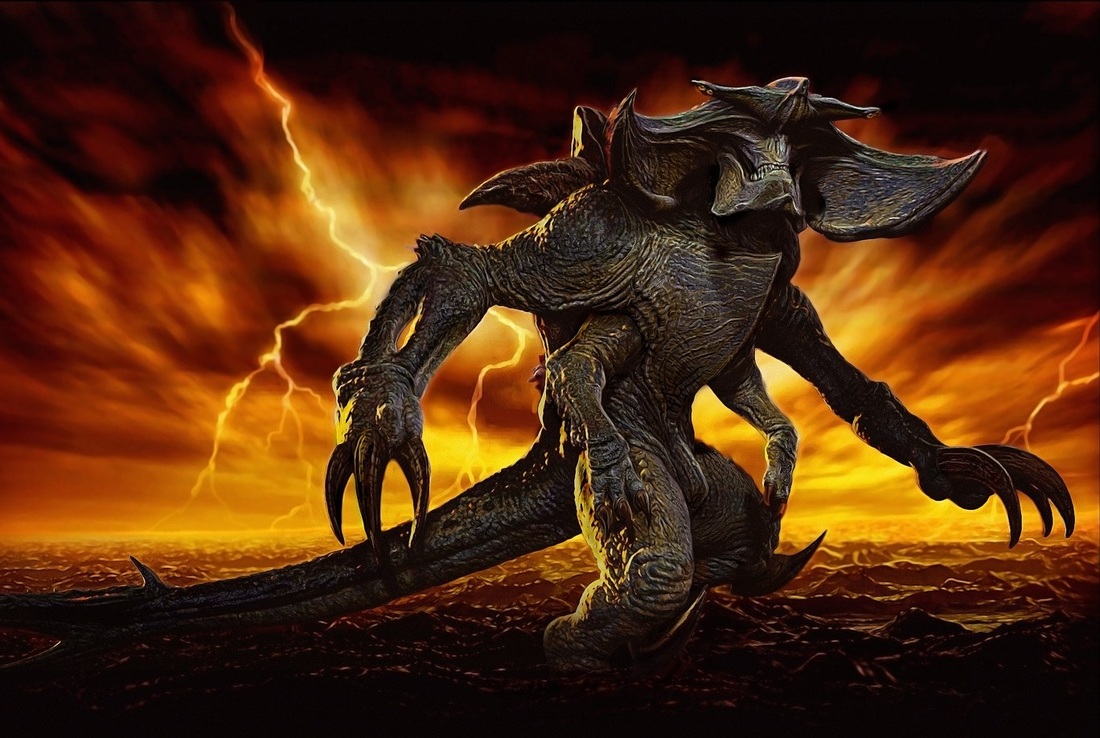
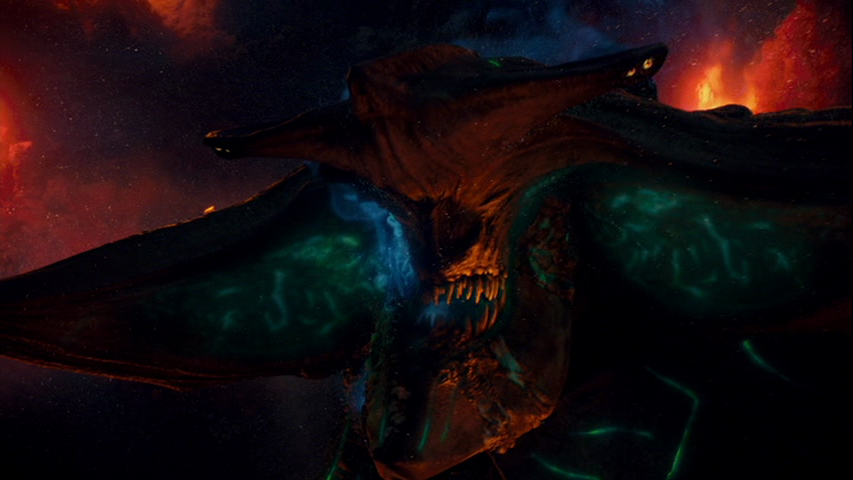
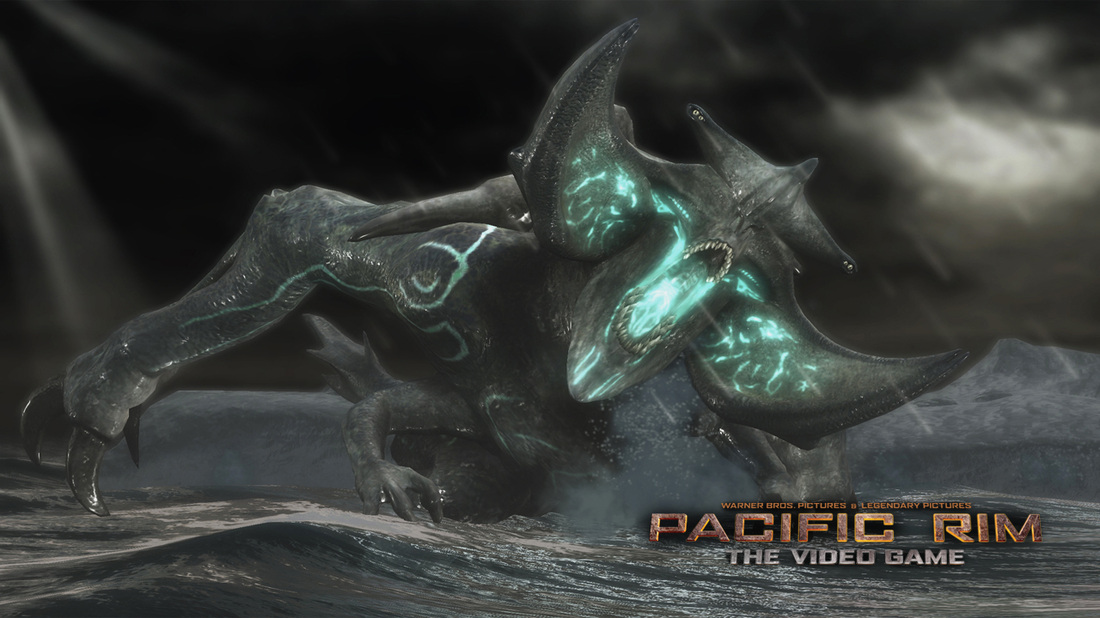
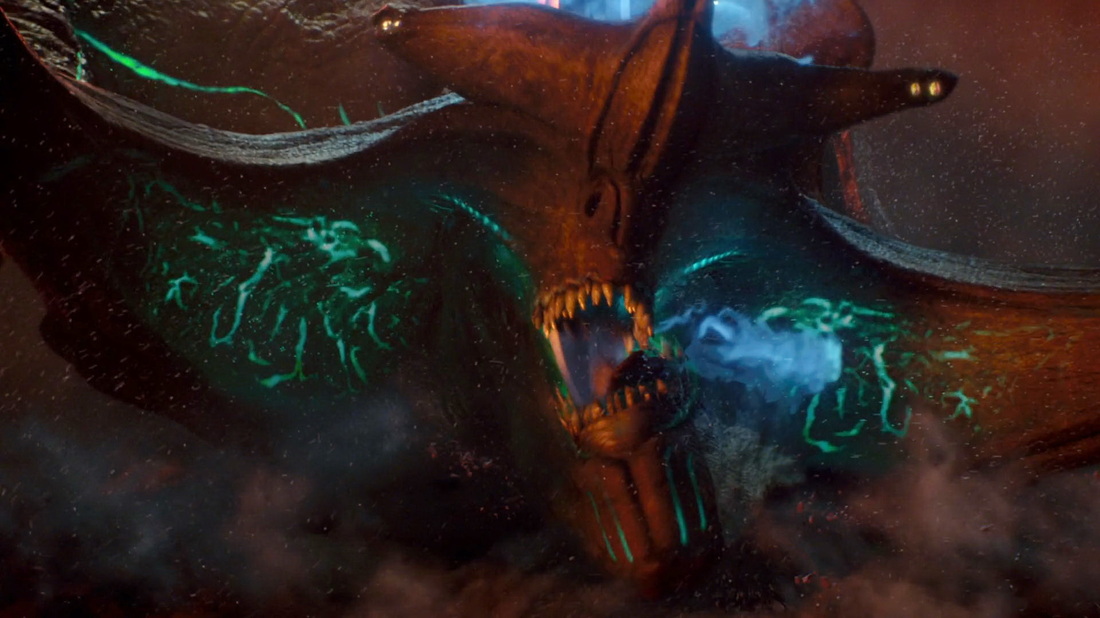
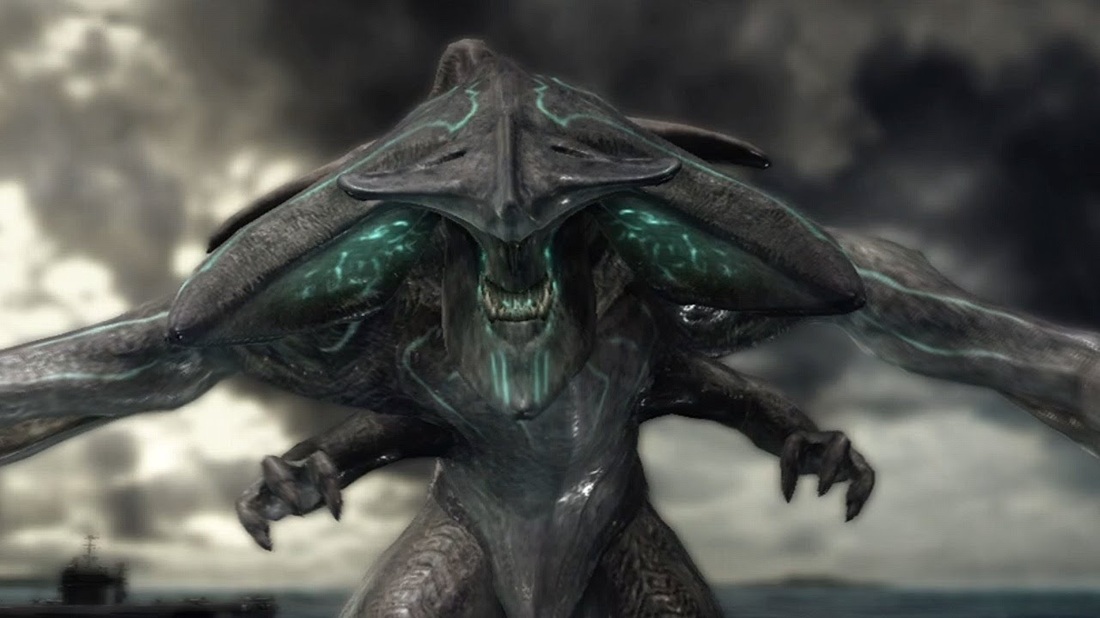
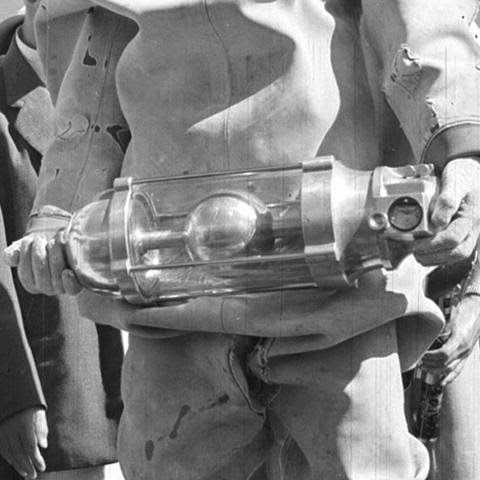
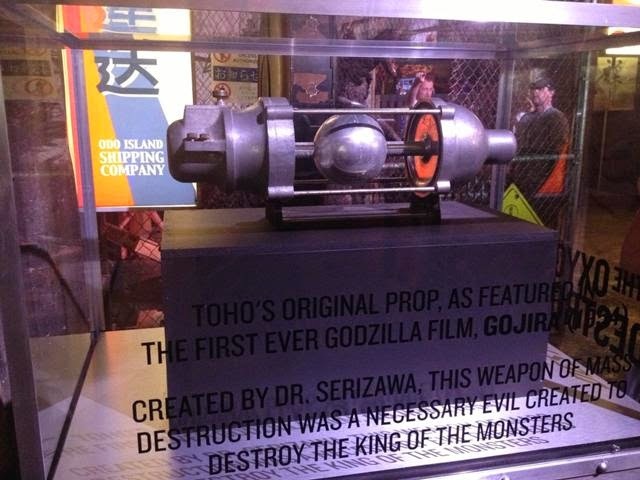
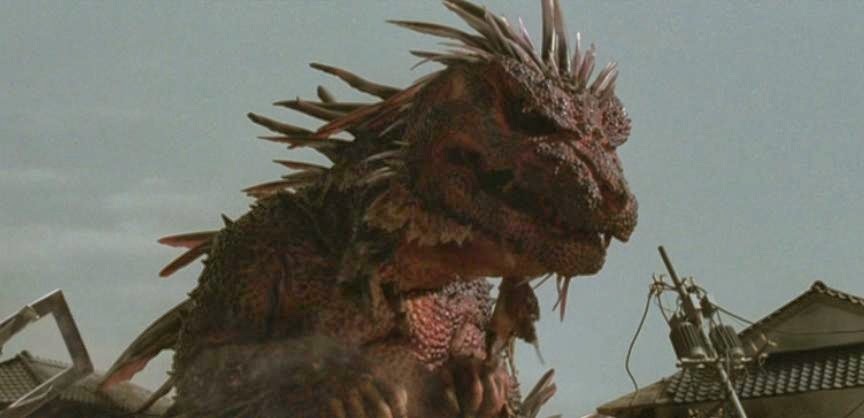
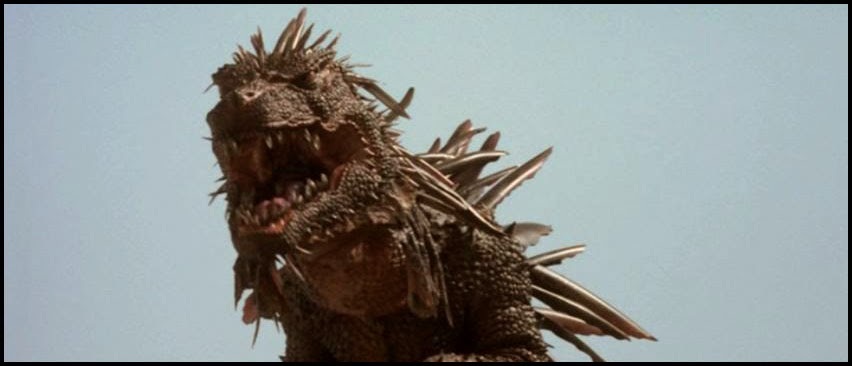
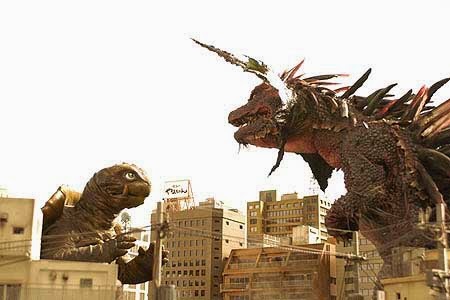
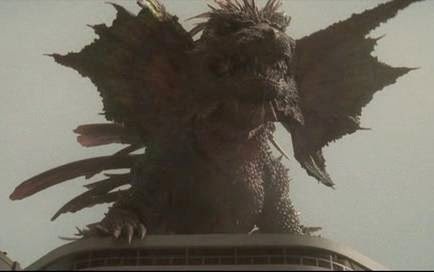
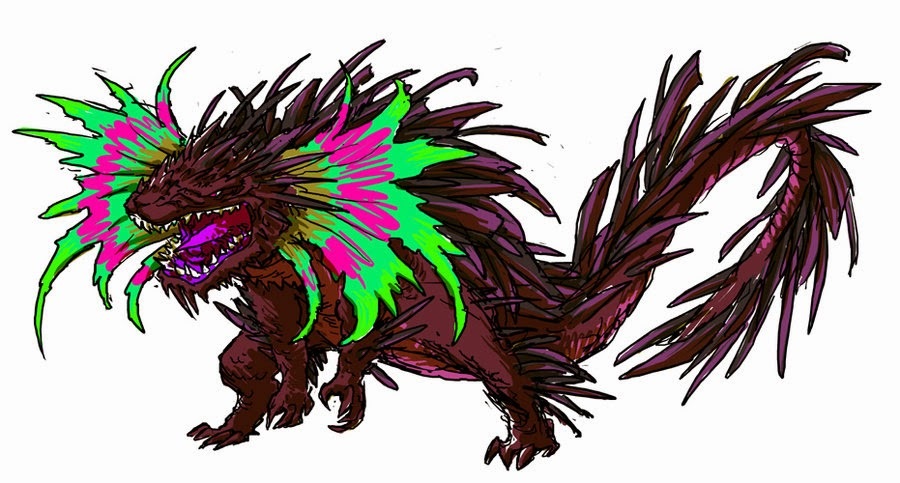
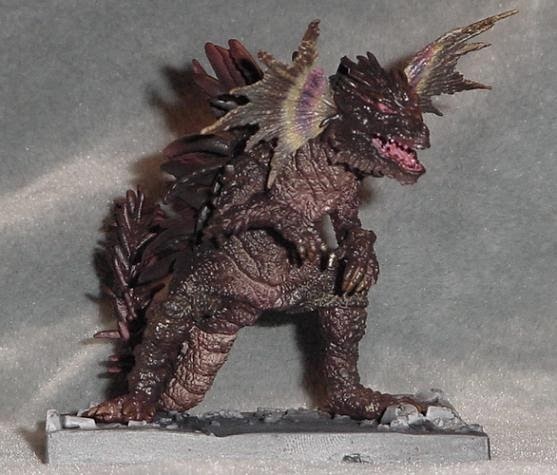
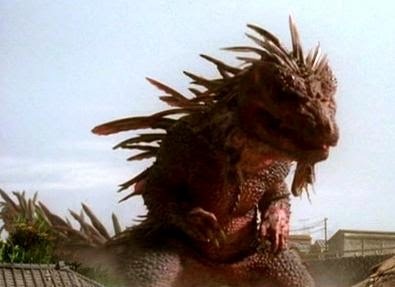
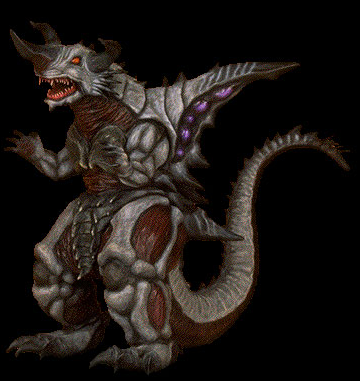
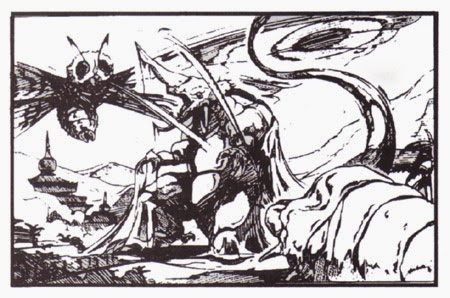
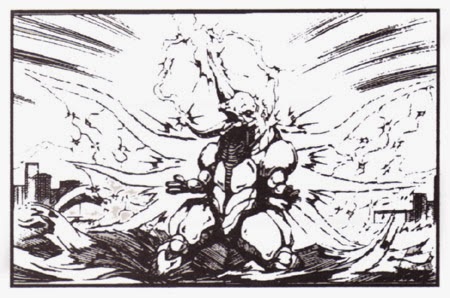
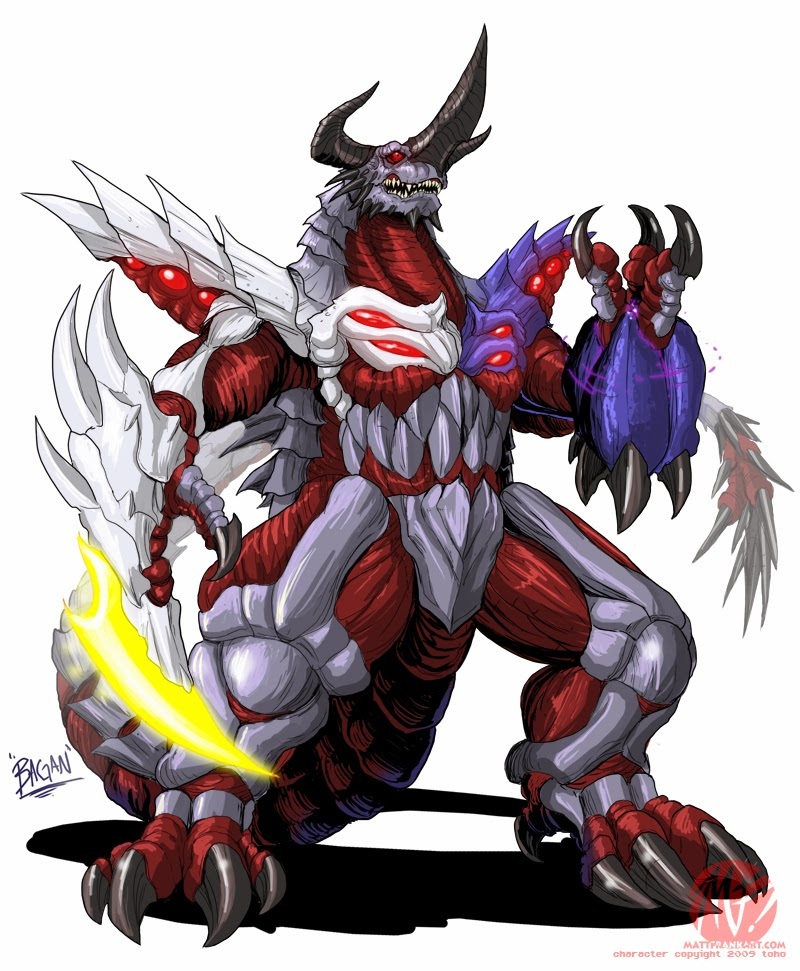
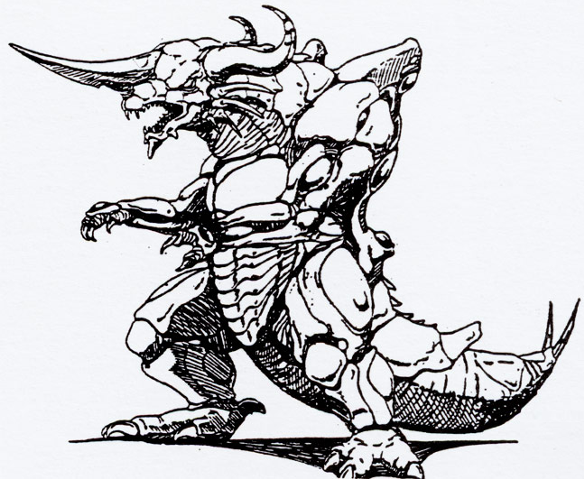
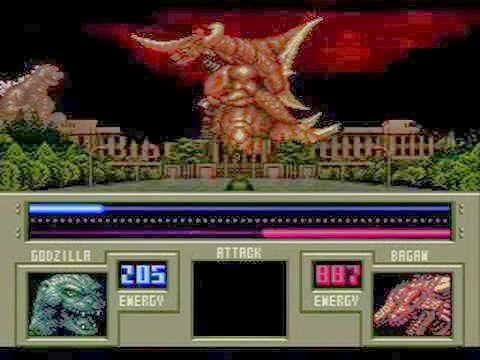
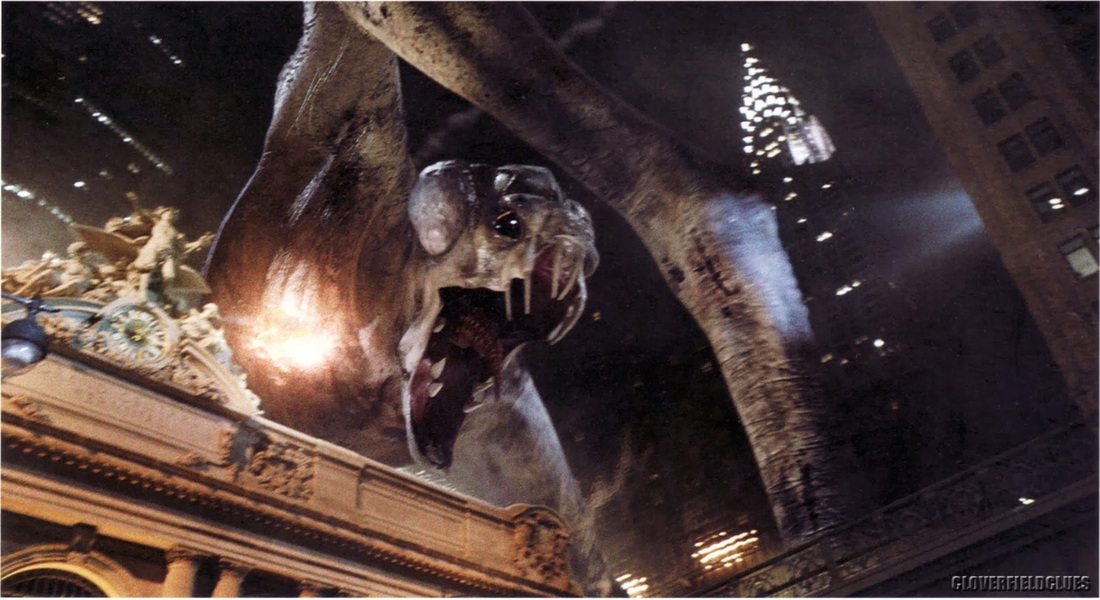
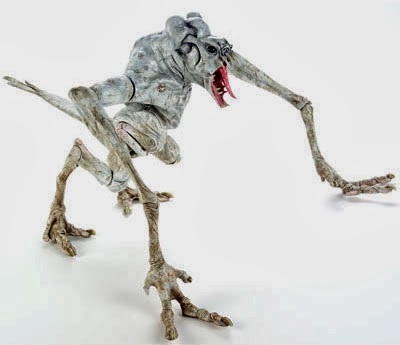
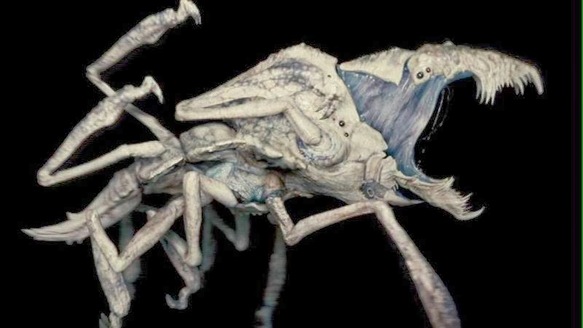
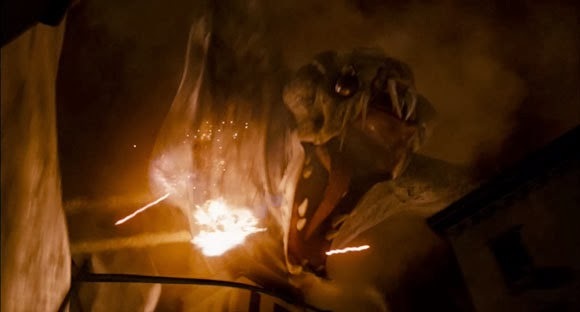
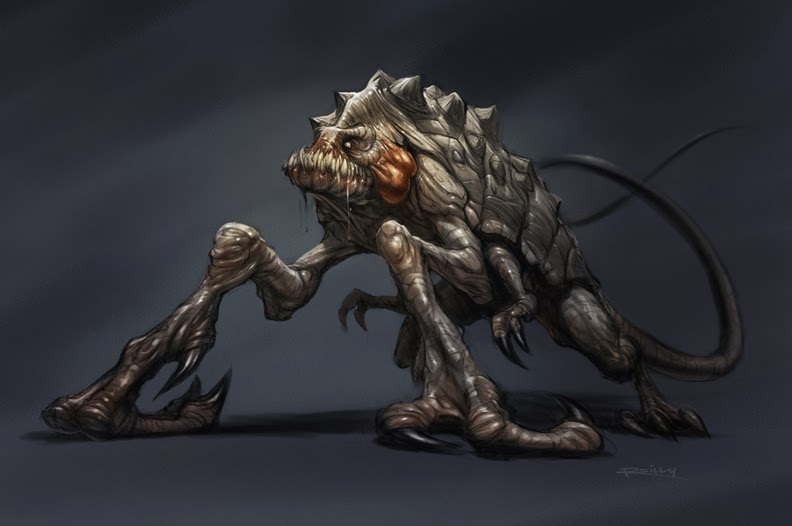
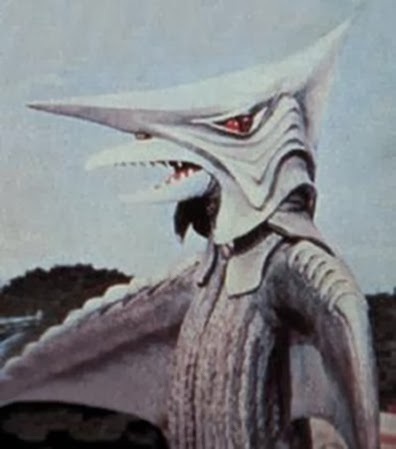
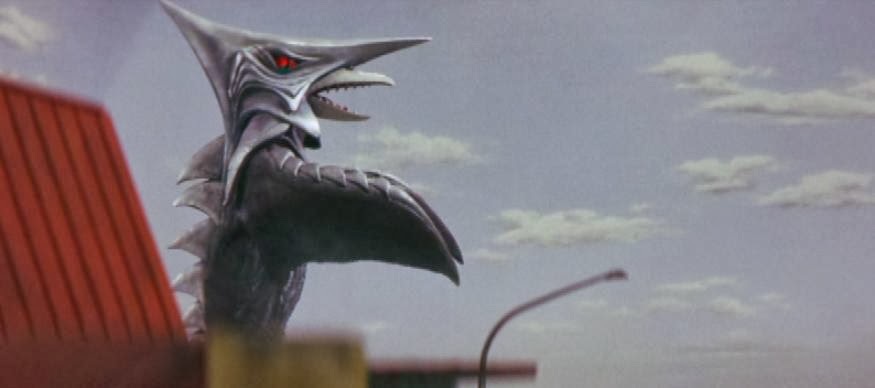
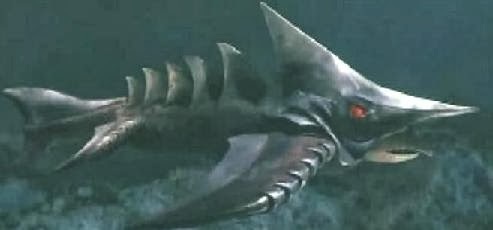
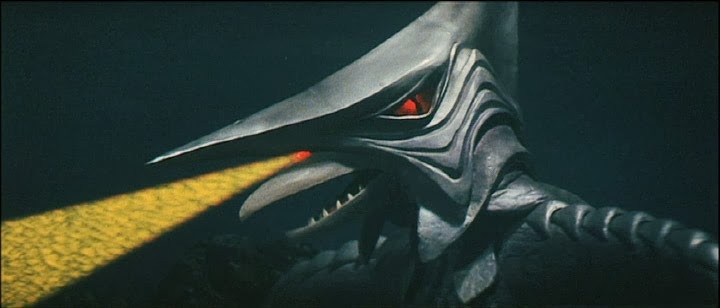
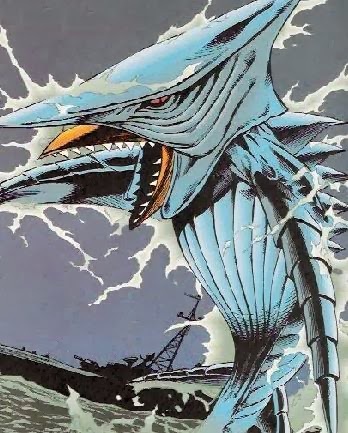
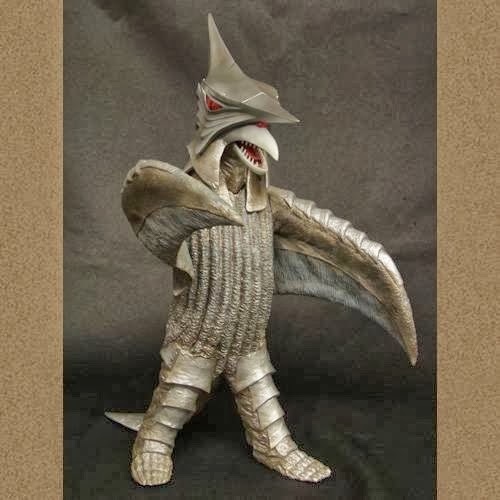
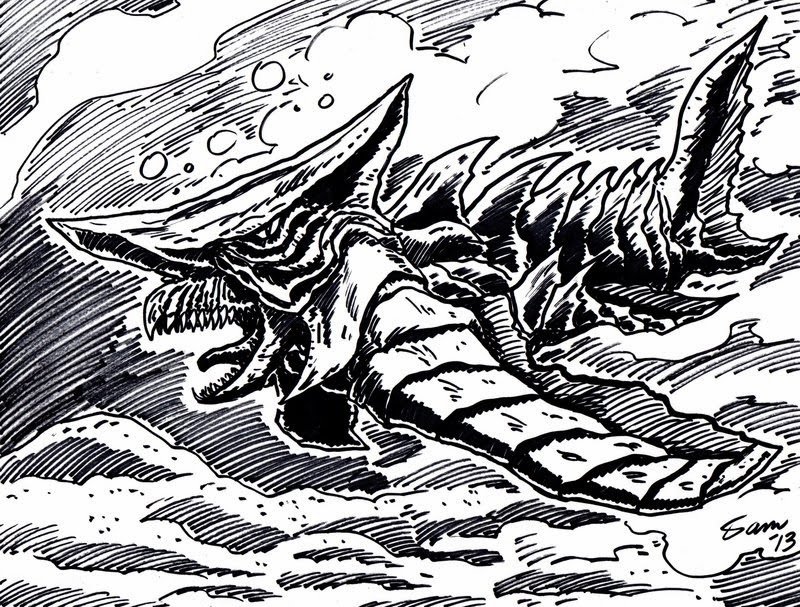
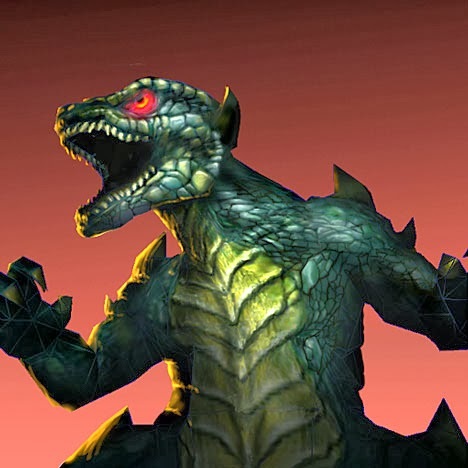
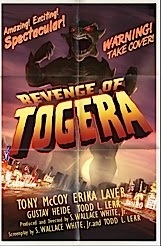
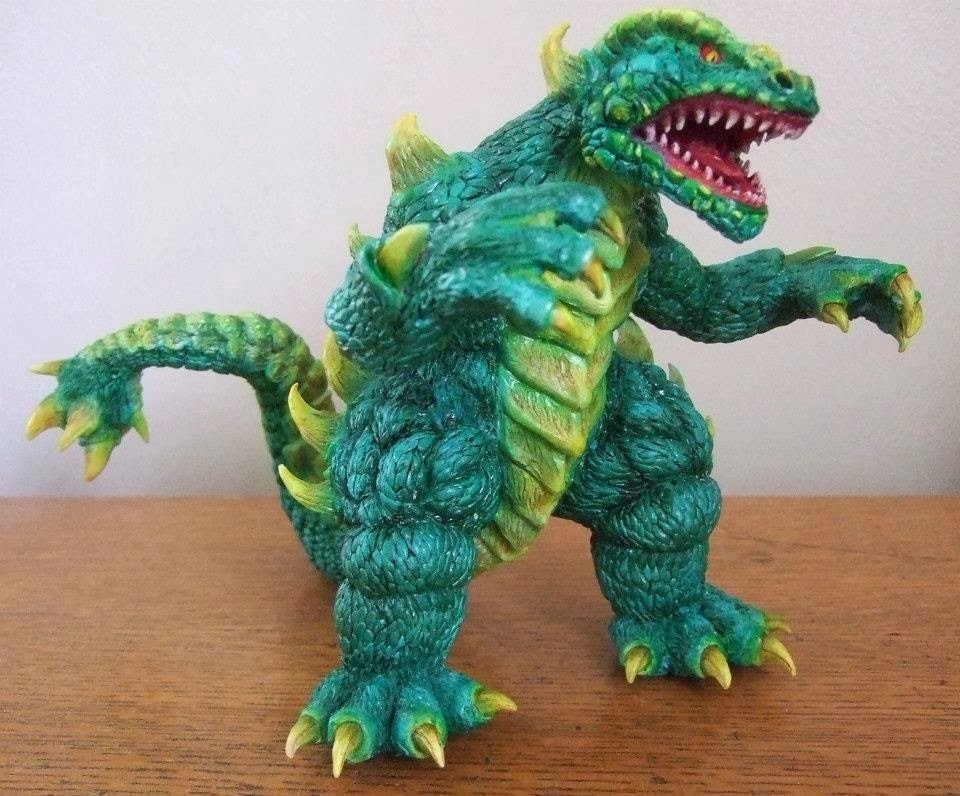
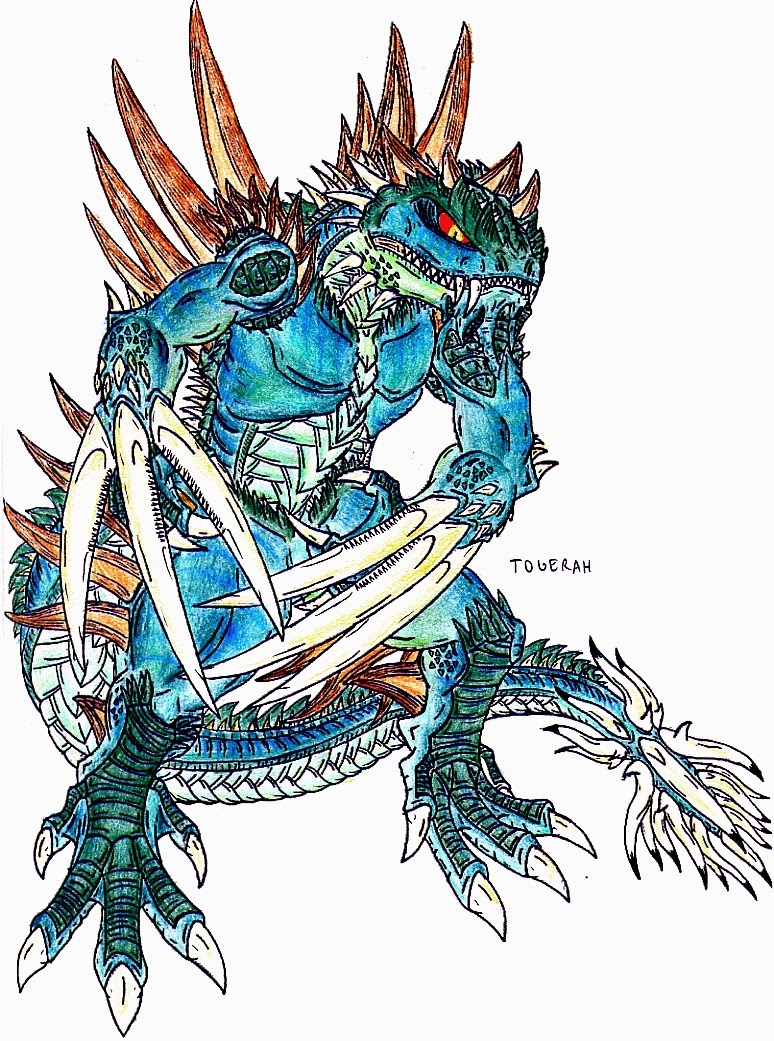
 RSS Feed
RSS Feed